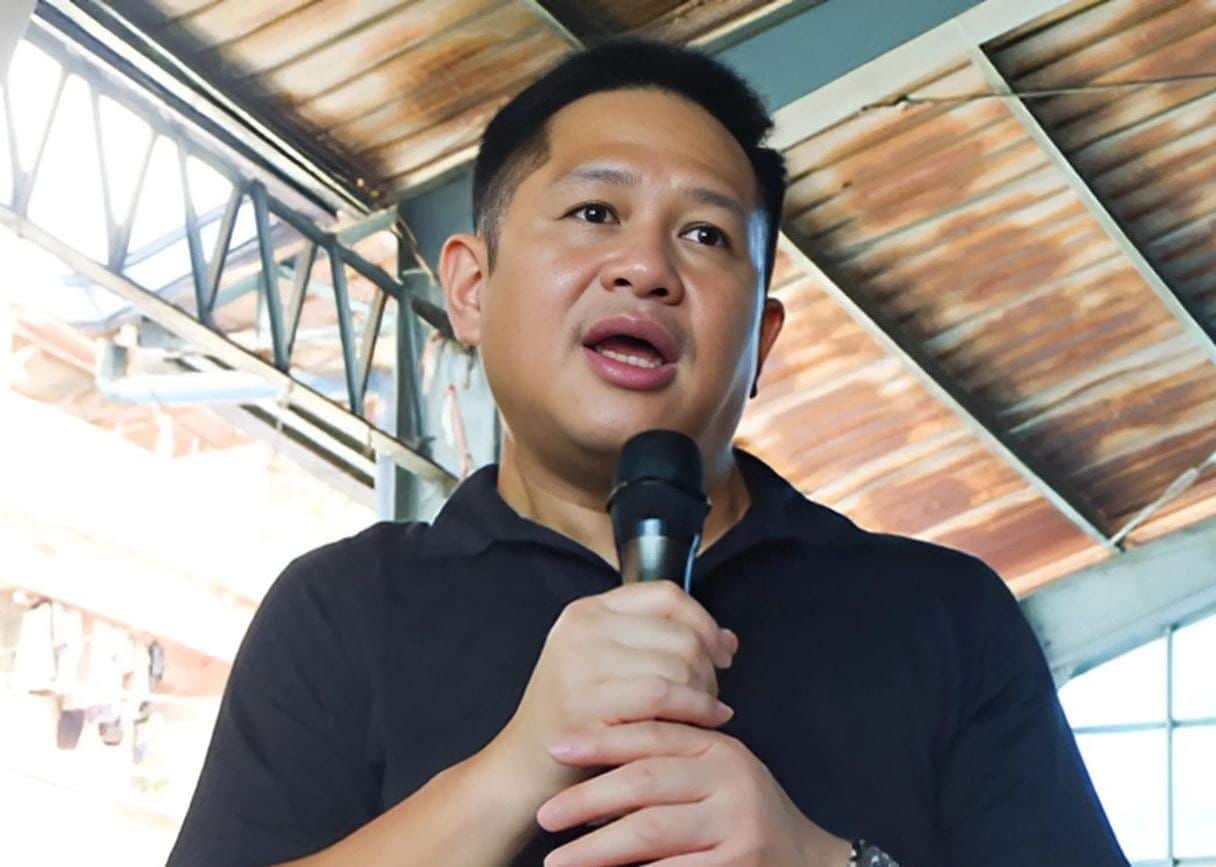I first arrived in Tokyo late at night, completely disoriented as I was spat out of the rabbit-warren that is Shimbashi Station. My first impression, alongside the standard bright neon lights, was how tall everything was. With over 175 skyscrapers over 150 meters, Tokyo’s skyline is a vast, soaring affair, putting it at number nine on a list of cities with the most skyscrapers.
While Tokyo definitely has pockets of tradition and charm, its overwhelming architecture is futuristic, modern and sleek.Within this dense urban landscape, Japanese architects favor building designs that stick out. Architecture competitions commonly stipulate rules that steer design away from the typical concrete skyscraper route, instead favoring light-filled, airy structures that take the weight out of the city.

As a result, Tokyo’s cityscape has many unusual and beautiful modern buildings, designed to inspire and surprise. Here’s our pick of some of the most unique ones.1.
Dear Ginza© Photo by Amano Design OfficeDesigned by the Amano Design Office, this striking building was made to draw attention to a quiet Ginza side street. This peaceful lane runs alongside a much busier thoroughfare in central Ginza, offering a different kind of urban experience. Walkers will notice jagged triangular edges jutting out, plus scattered square windows covering the building’s right-hand side.
Its folded geometric face resembles a “crumpled up street wrapper,” a form created using computer algorithms. However, the flower-like pattern softens its appearance, blending technology with an unexpectedly delicate design. The building is used for both shops and offices, bringing some activity to the otherwise subdued Gaslight Street area.
Compared to Ginza’s hectic main street, this area is more serene, with less foot traffic and noise. The architects aimed to give passersby a “slight feeling of strangeness” to lure them toward the building. This feeling, they hoped, would also encourage exploration of the charming side street itself.
Where: Ginza-1-chome, Chuo-ku, Tokyo, Japan2. Sugamo Shinkin Bank’s Shimura Branch© Photo by KikukawaNicknamed the “Rainbow Bank,” this cheerful and colorful building, designed by Emmanuelle Moureaux, is one of Tokyo’s happiest spots. The building features 14 layers of brightly colored vertical louvers that shift in appearance depending on the angle and time of day.
Inside, natural light filters through the colored panels, casting vibrant patterns across the floors and walls. While it serves as a functioning bank, it also symbolizes openness and community.Where: 2-4-16 Shimura, Itabashi-ku, Tokyo3.
Prada’s Aoyama Building© Photo by iStock: chris-muellerDesigned by Herzog & De Meuron, the coruscating kaleidoscope-like Prada Building is one of the city’s most magnificent urban landmarks. Following Rem Koolhaas’ Prada Flagship Store New York, Prada wanted to create something similarly inspiring for its Aoyama store. The architects hope to “reshape both the concept and function of shopping, pleasure and communication, to encourage the meshing of consumption and culture.
” Reminiscent of a crystal, the five-sided facade, with its signature varying diamond-shaped green glass panes, effortlessly sparkles, particularly on sunny days. Highly decorative whilst still being functional, the building also serves as an optical illusion. For those walking by, some of the curved glass panes appear to move.
This grid-like structure is also intended to inspire a slight shita-machi (downtown) vibe to the building.Where: 5-2-6 Minami-Aoyama, Minato-ku, Tokyo4. Mode Gakuen Shinjuku Cocoon© Photo by iStock: YASEMIN OZDEMIRAt 204 meters high, the shining, lattice-fronted Shinjuku Cocoon is the second-highest educational building in the world.
From the outside, this sleek, metallic structure might not seem like an education facility, but it’s actually home to three schools. The result of a competition, with one stipulation being that the building could not be rectangular. The winning proposal was from Tange Associates, who created the cocoon-like structure to symbolize the nurturing function of their building.
According to the architect, the incubating form is designed to help students ‘create, grow and transform.’ The combination of white aluminum and dark blue glass creates its shell-like appearance. The design earned the firm the Emporis.
com 2008 Skyscraper of the Year Award. Surely, one of the world’s weirdest yet inspiring places to study.Where: 1-7-3 Nishi Shinjuku, Shinjuku-ku, Tokyo5.
Gyre Omotesando© Photo by MVRDVGyre is a high-end shopping center in Omotesando that aims to make its visitors stop and think. Also known as ‘The Swirl’ and opening in 2007, the structure was designed by Dutch architects. They intended to create ‘a new shopping experience: the vertical promenade.
’ Upward external staircases circle the building, creating a sense of movement as they link the multiple terraces and shops. Designed to look like a set of stacked boxes, rotating around a central, vertical axis, the nine-storey building, with three basement levels, is also renowned for its interior, a light-filled space with large paneled windows, which makes it a beautiful, clean structure both inside and out.Where: 5-10-1 Jingumae, Shibuya-ku, Tokyo6.
Fuji TV Building© Photo by iStock: Sean PavoneThis instantly recognisable building in Odaiba is Fuji Television’s headquarters and a well-known symbol of futuristic Japanese architecture. Completed in 1996 by famed architect Kenzo Tange, it consists of interconnected blocks, skywalks and a striking silver sphere. That iconic sphere isn’t decorative—it’s a 100-seat observation room suspended high above the city.
While most areas are for staff only, the first and seventh floors, plus the sphere, are open to visitors. These accessible areas offer a behind-the-scenes look at one of Japan’s most influential television networks. Thanks to its interlocking design and sheer scale, the building has become a favorite subject for photographers.
It’s especially eye-catching at night, when the glowing observatory sphere lights up like a sci-fi moon in the skyline.Where: 2-4-8 Daiba, Minato-ku, Tokyo7. SunnyHills Minami-Aoyama© Photo by iStock: chris-muellerDesigned by Kengo Kuma, this pineapple cake shop is wrapped in a lattice of hinoki (Japanese cypress) using traditional wooden joinery techniques with no nails or glue.
The structure is a masterclass in sustainable architecture, with the open wooden facade inviting natural light and airflow. It blends old-world craftsmanship with modern design, giving the illusion of a forest structure growing in the city.Where: 3-10-20 Minami-Aoyama, Minato-ku, Tokyo8.
Sumida Hokusai Museum© Photo by iStock: Ryosei WatanabeDedicated to the ukiyo-e master Katsushika Hokusai, this sleek building near Ryogoku was designed by Kazuyo Sejima of SANAA. It appears as a cluster of metallic geometric blocks that reflect the sky and surroundings, making it change appearance throughout the day. The museum’s narrow crevices and mirrored surfaces create a sense of intrigue and exploration fitting for the work of Tokyo’s most internationally celebrated artist.
Where: 2-7-2 Kamezawa, Sumida-ku, Tokyo9. Asakusa Culture & Tourism Center© Photo by iStock: voyataLocated just across from the iconic Kaminarimon Gate, this seven-story structure was designed by Kengo Kuma, a renowned Japanese architect. His goal was to mimic the look of traditional homes stacked vertically, creating a sense of heritage within modern architecture.
The black slatted facade and sharp rooflines give the building a bold presence in Asakusa’s otherwise historic streetscape. Additionally, the free observation deck offers sweeping views of Sensoji Temple and Tokyo Skytree, which are especially beautiful at sunset. Inside, visitors will find tourist information services, an event space and a relaxing café open to the public.
Overall, it’s a thoughtful blend of tradition and function—perfect for travelers seeking both views and insight into the area.Where: 2-18-9 Kaminarimon, Taito-ku, Tokyo10. Reiyukai Shakaden Temple© Photo by iStock: kuremoThis futuristic temple, completed in 1975, houses the spiritual headquarters of the Reiyukai Buddhist organization.
Its bold geometric shape and black granite exterior look more like a spaceship than a traditional place of worship, but the inside is peaceful and calming. The temple also has one of the largest water reservoirs in Tokyo, hidden underneath the building, meant to aid the city in emergencies.Where: 1-7-8 Azabudai, Minato-ku, TokyoWhat is the most unique Tokyo architecture you’ve ever seen? Let us know in the comments.
.
Environment

Tokyo Architecture: 10 Unique Buildings To See In The City

From futuristic, utopian, minimalist or just plain weird, Tokyo’s skyline has plenty to keep architecture fanatics on their toes.














